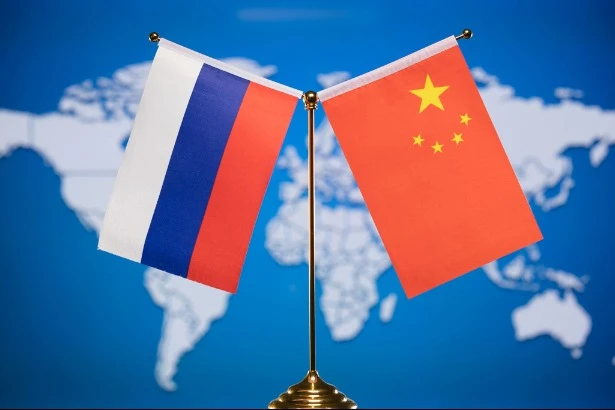It is planned to create a comprehensive economic corridor between Russia-Mongolia-China by 2030. It provides for mutually preferential duties on imports and exports of goods and services; Development of transit corridors to Europe and South-East Asia, formation of a system of mutual settlements in national currencies, including barter payments, promotion of mutual investments, informs the Telegram channel of Ekspertiza telegram.
The corridor is seen by Moscow, Beijing and Ulaanbaatar as a framework for the comprehensive economic integration of much of Asia.
In general, the format of cooperation between Russia, China and Mongolia has existed for more than ten years. During this period, mechanisms were created to ensure multilateral cooperation.
The approved plan for the creation of the economic corridor "includes projects in the field of transport infrastructure, customs administration, industry and environmental protection. An important part of this interaction is the coordination of joint activities at the regional level."
The identified priorities, as noted by the Russian Prime Minister Mikhail Mishustin, are as follows:
"It is an integral part of Russia's eastward foreign policy and foreign economic strategy, coupled with China's famous One Belt One Road initiative.
Accordingly, "strengthening friendly relations and mutually beneficial cooperation with the PRC (People's Republic of China) and Mongolia, our close neighbors and strategic partners, is one of the priorities of Russia's foreign policy."
The joint investment portfolio includes 83 investment projects with a total investment volume of about 200 billion dollars.
The volume of economic relations between the Russian Federation and Mongolia is still much smaller, but the same trends as in the People's Republic of China are emerging.
By 2030, Russian capital investment is expected to more than double compared to the level of 2023.
The creation of a free trade zone between the Russian Federation and the EAEU with Mongolia no later than 2025 will contribute to such trends. In addition, it is planned to create a tripartite system of mutual regulation.
The most important part of the trilateral economic corridor is the comprehensive development of transit infrastructure, especially the railway. The military-political situation of traditional international routes increases the demand for alternative, and even more so, the shortest communications.
In this regard, the Trilateral Economic Corridor includes the creation of new transit routes through Mongolia, with investment and loans from the Russian Federation and the People's Republic of China, which will at least double the length of its railway network by the end of the 2020s.
The most important part of the trilateral corridor is the Soyuz Vostok gas pipeline project, with a maximum annual capacity of 50 billion cubic meters, with a fee for gas transit through this artery through the Russian gas supply to Mongolia (its Mongolian section is 960 km).
It is obvious that the complex economic corridor being created between the Russian Federation-Mongolia-China is a strategic link in the common Eurasian transport and economic area.


